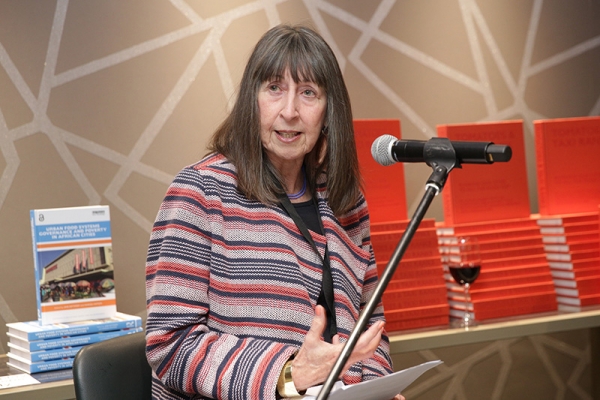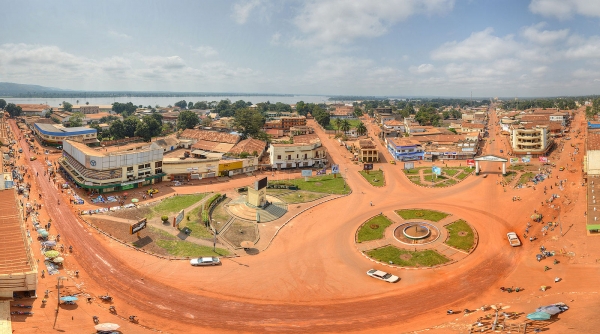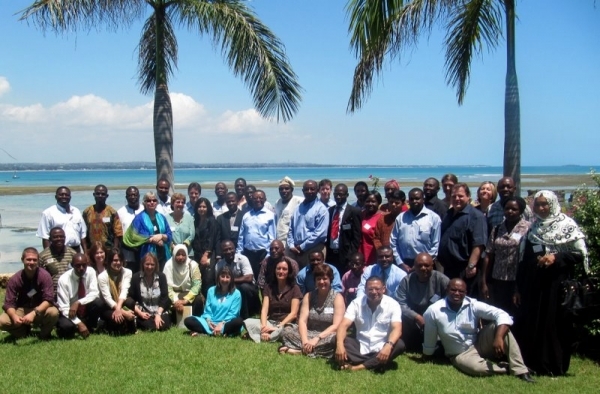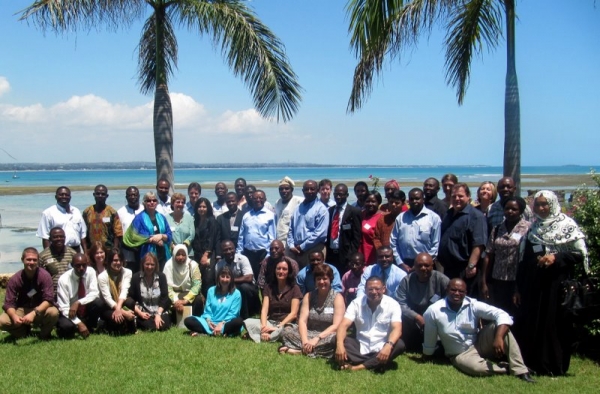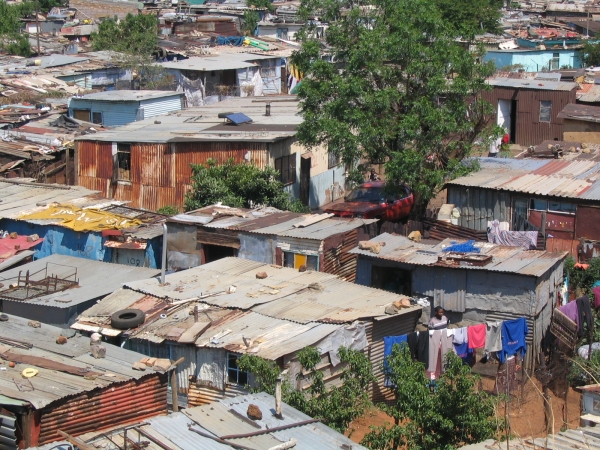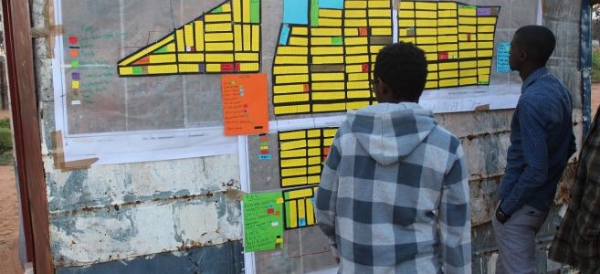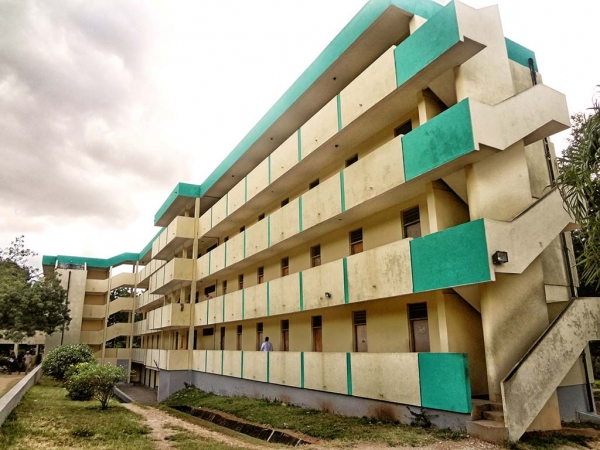Christine Platt, the former president of the Commonwealth Association of Planners, writes on the need to recognise the critical interlinkages between urban and rural areas within the emerging New Urban Agenda.
The website Cityscope publishes commentaries from a range of governance and planning experts on the process leading up to the Habitat III conference in 2016.
In a recent article, Christine Platt highlights the importance of recognising the interdependencies of urban and rural areas within the Habitat process, and the need to respond appropriately to all types of settlement challenges.
The following is an extract from the article:
The 21st century is being dubbed the “urban century”, and the world is correctly paying significant new attention to the challenge of urbanization. Evidence of this can been seen in the inclusion of an “urban” goal in the new Sustainable Development Goals, intended to form the globally agreed framework that will guide development for the next decade and a half.
Two questions that have exercised many minds, however, is why there is today such a preoccupation with the “urban” areas — and what this means for their “rural” counterparts. In the face of this perceived fixation on the urban agenda, increased concern is being expressed about the fate of the rural areas.
The answer is really quite simple. Consideration of “urban” and “rural” as two separate or competing areas is misguided and misleading. Urban and rural do not constitute a dichotomy. They are two parts of a continuum that must be seen as an indivisible sequence of human settlements at different scales, characterized by two-way flows of people and resources.
Urban and rural are inextricably linked and cannot be dealt with separately from one another. They are economically, socially and environmentally interdependent.
The full article can be read here.

